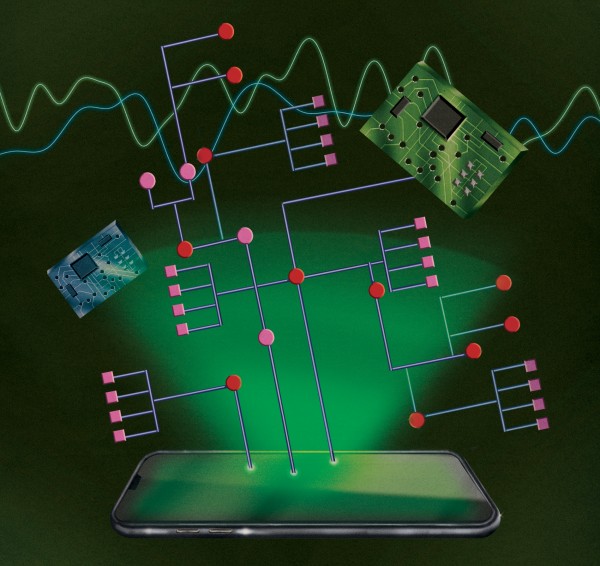Tiny AI
We can now run powerful AI algorithms on our phones.

AI has a problem: in the quest to build more powerful algorithms, researchers are using ever greater amounts of data and computing power, and relying on centralized cloud services. This not only generates alarming amounts of carbon emissions but also limits the speed and privacy of AI applications.
These advances are just starting to become available to consumers. Last May, Google announced that it can now run Google Assistant on users’ phones without sending requests to a remote server. As of iOS 13, Apple runs Siri’s speech recognition capabilities and its QuickType keyboard locally on the iPhone. IBM and Amazon now also offer developer platforms for making and deploying tiny AI.But a countertrend of tiny AI is changing that. Tech giants and academic researchers are working on new algorithms to shrink existing deep-learning models without losing their capabilities. Meanwhile, an emerging generation of specialized AI chips promises to pack more computational power into tighter physical spaces, and train and run AI on far less energy.
All this could bring about many benefits. Existing services like voice assistants, autocorrect, and digital cameras will get better and faster without having to ping the cloud every time they need access to a deep-learning model. Tiny AI will also make new applications possible, like mobile-based medical-image analysis or self-driving cars with faster reaction times. Finally, localized AI is better for privacy, since your data no longer needs to leave your device to improve a service or a feature.
But as the benefits of AI become distributed, so will all its challenges. It could become harder to combat surveillance systems or deepfake videos, for example, and discriminatory algorithms could also proliferate. Researchers, engineers, and policymakers need to work together now to
develop technical and policy checks on these potential harms.
ليست هناك تعليقات:
إرسال تعليق